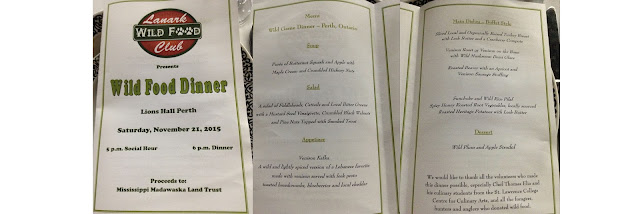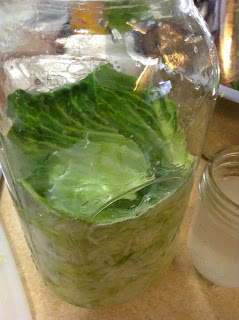While visiting my friends back in November, I got to visit a local dairy, where my good friend Tina's husband Grant is herdsman.
About 2 years ago when I visited them, the dairy was in the middle of installing a new rotary milking parlor.
 |
| Rotary Parlor - can milk 30 cows at a time. |
The dairy milks about 200 cows twice a day - once in the morning and again in the evening. When the ladies are ready, they walk onto the parlor where a farm hand dips the teats in disinfectant, wipes them off, then attaches the milkers. As the carousel goes around the ladies are milked. An electric tag on their leg tells the computer what their average milking is as well as other valuable information.
 |
| You can see the girls anklets here. |
 |
| Attaching the milkers. |
 |
| Milkers attached. |
When the cow is done being milked, the milkers automatically detach and drop behind them off the carousel. According to my tour guide Holly, Tina & Grant's 16 year old daughter, some cows have the milkers locked on. They need to wait for a farmhand to come around and detach the milkers.
The dairy is so well organized! And they are all about the health, comfort and safety of their herd.
 |
| Deep sand is used for the ladies' comfort. |
 |
| Feed rations are calculated for the different needs of the different groups. | | |
|
 |
| A few days old replacement heifer. |
The amount of work that goes into a farm like this is astounding. And I am so thankful for a chance to get an inside peek at the operation. Grant knows all his "ladies" by name & number. While we were at the house, we had the most interesting discussion on embryo flushing and how they choose which bulls to breed to and what is available. It was something we touched on in college, but I was in a general animal reproduction class so not so much detail, and when I worked for the equine vet, only one breeding farm was just beginning to do embryo transfers.
 |
| Young heifers in the new barn extension. |
I'd like to thank Tina, Grant & Holly who raise sheep on their farm,
Fat Duck Acres in Brinston, Ontario for being such great friends and wonderful hosts!
And
for helping me edit this blog post.
































